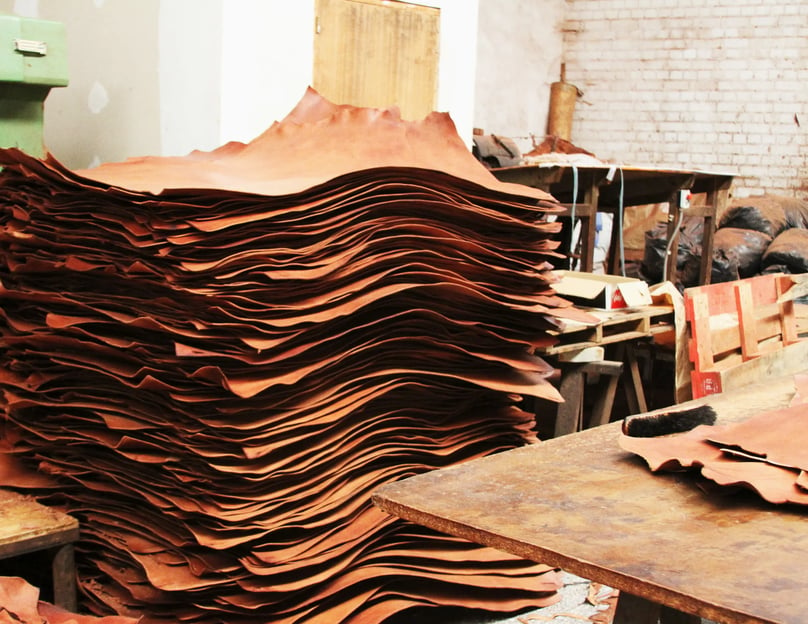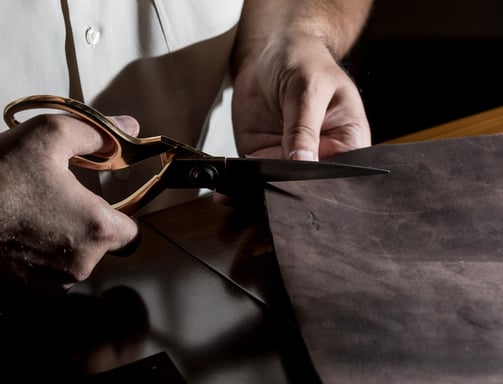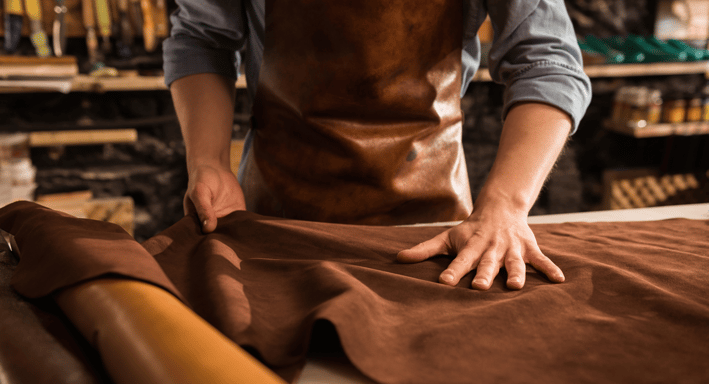What is vegetable tanned leather?
This technique involves using natural vegetable tannins to alter the protein structure of the hide, causing it to become leather. In essence, these organic substances serve three functions: preserving, strengthening and giving color to the hide.


Benefits of vegetable tanned leather
Durability
Let’s start by looking at the favourable physical characteristics it possesses. Veg tan leather, in particular, is renowned for its robustness and strength — if appropriately cared for, it could last longer than a lifetime.
Detailed color
Aside from durability, the vegetable tanning process also gives leather a distinct, somewhat sweet aroma — the kind you probably already associate with leather. And the absorption of tannins makes for colors that are notably rich and deep in character; think natural and earthy tones, like beige and brown.
Valuable
Because vegetable tanning requires no synthetic coatings, the leather is allowed to ‘breathe’. As a result, it’s able to absorb moisture and oils, and go on to form a ‘patina’. In the world of leather, patina is an indicator of quality and aesthetic beauty, something that enhances the perceived value of a leather product.
Environment Friendly
Lastly, vegetable tanning is the most environmentally-friendly method of leather production. More on this later, but it’s worth reiterating that only natural and organic substances are used during the production process.




